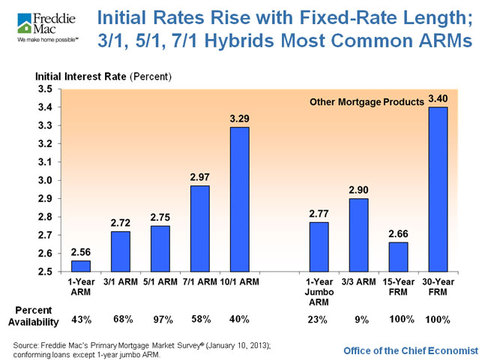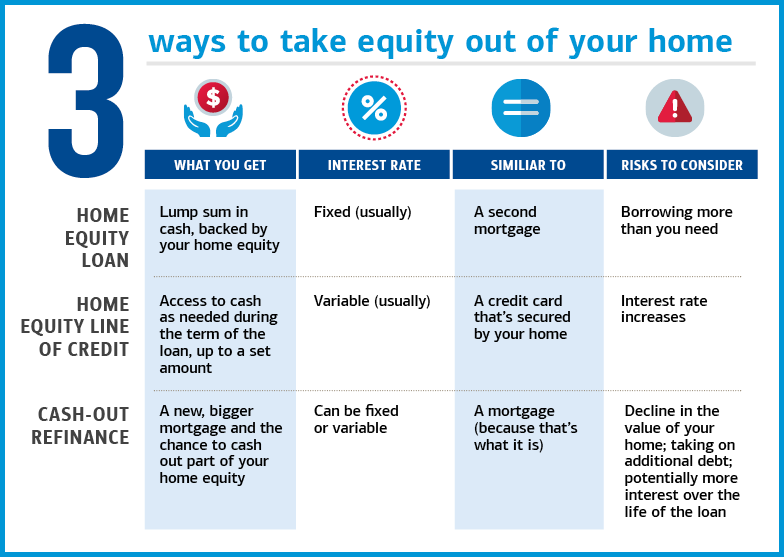
For home equity lines of credit, U.S. Bank HELOCs can be used to finance debt consolidation and home improvements. Flexible credit lines can help you save money on closing costs and taxes. With no application fees, you can get the money within three working days. Customers also get a 0.5 percent discount off the interest rate. This makes it an excellent option for many different needs.
Rates
US Bank offers Home Equity Line of Credit (HELOC), to all borrowers. The bank was founded in Minneapolis in Minnesota and provides services in all 50 states, as well Washington DC. HELOCs can be secured lines or credit that permit approved borrowers to access funds by cheque, credit card, online, or in person. The maximum loan amount will depend on the creditworthiness of the borrower, the property's value, and the amount of mortgage.
HELOCs tend to be offered at variable rates. However, some lenders offer a fixed-interest option. Fixed interest options are predictable monthly payments for borrowers that don't fluctuate according to federal interest rates. Although fixed interest HELOCs tend to be more expensive than variable HELOCs, they can be a wise option if interest rates are likely to rise.

Fees
You should understand the fees associated to a HELOC if you are considering getting one. Some lenders charge inactivity fees for accounts with low activity while others may charge transaction charges each time you use the credit line. Some banks also charge fees for early repayment of HELOCs. These fees can be as high as $500 per payoff, and up to $90 each year.
US Bank doesn't charge closing costs for their home equity products. However, they charge certain escrow fees such as property insurance. A bank account has an annual fee. However, this can be waived for those who have the platinum checking package. It is not mandatory in all states but it is worth knowing. You will also be charged one percent of your original HELOC amount if you do not pay it within 30 months. This can go up to $500.
Draw period
The draw period on a HELOC is the amount of time you can borrow for a specific purpose. HELOCs are available for a maximum of 10 years. The draw period allows you to repay the amount with either interest only or full repayments. The HELOC's draw period is an important part of the loan cost. It is important to know how much you can afford to repay before the draw period expires.
It is possible that you won't be able draw all of the amount within the draw period. You can refinance your HELOC if you are concerned. This will keep you from facing a large increase in your minimum payment. A second option is refinance of the entire HELOC balance after the draw period expires.

Minimum credit score
A high credit score will be a requirement for a HELOC. Lenders will feel more confident if a borrower has a high credit score as it indicates that they are responsible and will pay back the money. You may also be able to get lower interest rates. If you have a poor credit score, however, this may not be an option.
While the interest rates on HELOCs are often low compared to other forms of credit, it is important to note that these rates are subject to change based on the Wall Street Journal Prime Rate. The approval process can take up to 45 business days. Lenders will need to appraise the property to verify its value.
FAQ
Do I need to rent or buy a condo?
Renting may be a better option if you only plan to stay in your condo a few months. Renting allows you to avoid paying maintenance fees and other monthly charges. However, purchasing a condo grants you ownership rights to the unit. You are free to make use of the space as you wish.
What should you think about when investing in real property?
It is important to ensure that you have enough money in order to invest your money in real estate. You can borrow money from a bank or financial institution if you don't have enough money. It is important to avoid getting into debt as you may not be able pay the loan back if you default.
Also, you need to be aware of how much you can invest in an investment property each month. This amount must include all expenses associated with owning the property such as mortgage payments, insurance, maintenance, and taxes.
Finally, you must ensure that the area where you want to buy an investment property is safe. It would be best to look at properties while you are away.
How much money can I get to buy my house?
This can vary greatly depending on many factors like the condition of your house and how long it's been on the market. The average selling price for a home in the US is $203,000, according to Zillow.com. This
What are the drawbacks of a fixed rate mortgage?
Fixed-rate mortgages tend to have higher initial costs than adjustable rate mortgages. Additionally, if you decide not to sell your home by the end of the term you could lose a substantial amount due to the difference between your sale price and the outstanding balance.
How many times can my mortgage be refinanced?
This depends on whether you are refinancing with another lender or using a mortgage broker. Refinances are usually allowed once every five years in both cases.
Statistics
- 10 years ago, homeownership was nearly 70%. (fortunebuilders.com)
- Some experts hypothesize that rates will hit five percent by the second half of 2018, but there has been no official confirmation one way or the other. (fortunebuilders.com)
- Over the past year, mortgage rates have hovered between 3.9 and 4.5 percent—a less significant increase. (fortunebuilders.com)
- This means that all of your housing-related expenses each month do not exceed 43% of your monthly income. (fortunebuilders.com)
- It's possible to get approved for an FHA loan with a credit score as low as 580 and a down payment of 3.5% or a credit score as low as 500 and a 10% down payment.5 Specialty mortgage loans are loans that don't fit into the conventional or FHA loan categories. (investopedia.com)
External Links
How To
How do I find an apartment?
Finding an apartment is the first step when moving into a new city. This requires planning and research. It includes finding the right neighborhood, researching neighborhoods, reading reviews, and making phone calls. While there are many options, some methods are easier than others. Before you rent an apartment, consider these steps.
-
Online and offline data are both required for researching neighborhoods. Websites such as Yelp. Zillow. Trulia.com and Realtor.com are some examples of online resources. Offline sources include local newspapers, real estate agents, landlords, friends, neighbors, and social media.
-
Review the area where you would like to live. Yelp and TripAdvisor review houses. Amazon and Amazon also have detailed reviews. Local newspaper articles can be found in the library.
-
Make phone calls to get additional information about the area and talk to people who have lived there. Ask them what they liked and didn't like about the place. Also, ask if anyone has any recommendations for good places to live.
-
Be aware of the rent rates in the areas where you are most interested. If you are concerned about how much you will spend on food, you might want to rent somewhere cheaper. On the other hand, if you plan on spending a lot of money on entertainment, consider living in a more expensive location.
-
Find out more information about the apartment building you want to live in. Is it large? How much is it worth? Is it pet friendly? What amenities do they offer? Are you able to park in the vicinity? Do you have any special rules applicable to tenants?